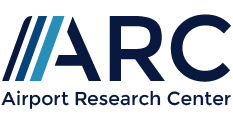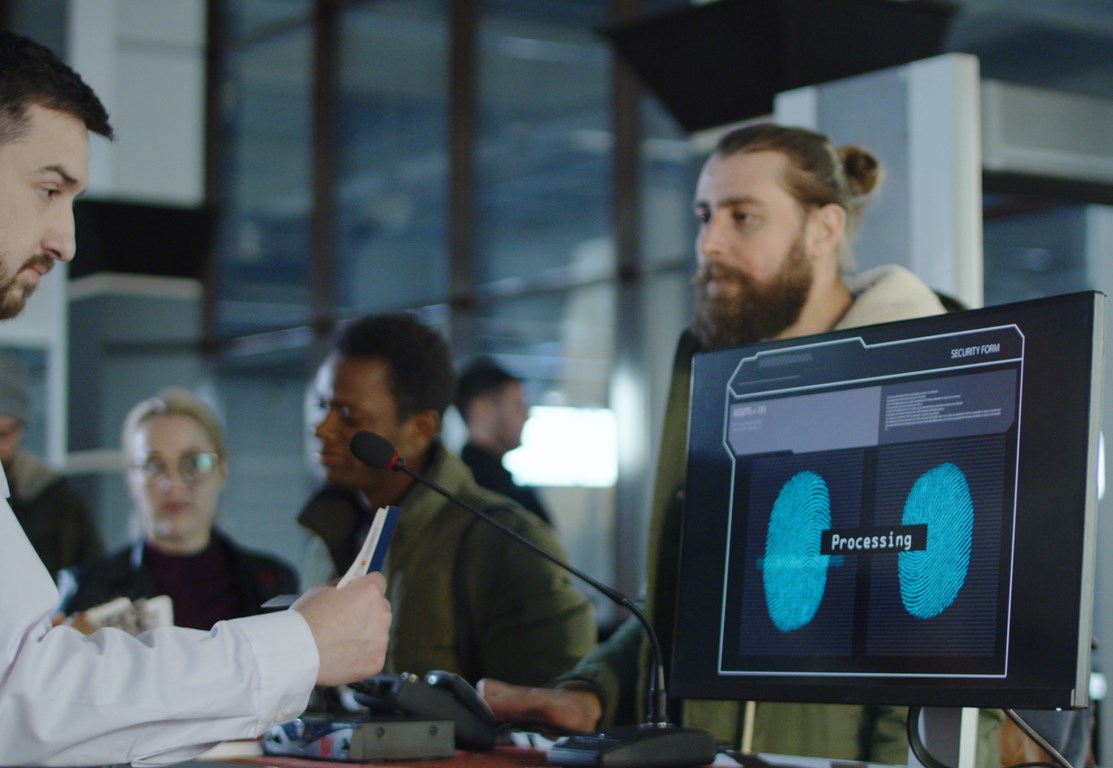An airport causes high passenger volumes also at its train station. How can the passenger flow from train to terminal be optimized?
Project Overview
At Oslo Gardermoen Airport, a considerable amount of passengers arrive and depart at the airport via train. On train arrival this leads to short moment peaks at the airport’s own railway station: A high number of passengers enters the platform at once, has to pass the ticket validators and approach the terminal via a set of escalators. In the scope of the airport expansion a second terminal was planned. Expecting higher passenger volumes, also meant the airport railway station had to be able to cope with the increased demand of more passengers traveling by train to and from the airport. Therefore, it had to be assessed if and to what extend the airport railway station needed expansion as well. Ensuring an undisturbed passenger flow from the train to the terminal needs an in-depth planning of infrastructure elements and related processes. Oslo Gardermoen Airport selected Airport Research Center to support these capacity related questions by means of simulation.
Services provided
After a detailed inspection on-site the CAST Terminal model of Oslo Airport was expanded to the airport railway station. Different scenarios were simulated ranging from potential infrastructure options to different demand scenarios including varying passenger numbers and several train schedules. This investigation clearly showed the impact of new handling schemes and the increased traffic demand on the rail link like the utilisation of the different key station areas or delays at ticket machines and infrastructure elements. Next to the numeric results, each scenario was documented by videos of the 3D infrastructure model, facilitating the understanding and communication of results to various stakeholders.
Results and Benefit
The simulation model was a valuable tool to test different thinkable infrastructure solutions and handling schemes in advance as trial-and-error in real-life was not possible. The powerful visualization allowed an easy judgement, which option is the best and should be implemented in reality. Due to the success in applying the simulation model to answer various questions, the model also was used in several follow-on projects conducted on behalf of the train station company Jernbaneverket as well as the train operator Flytoget.








